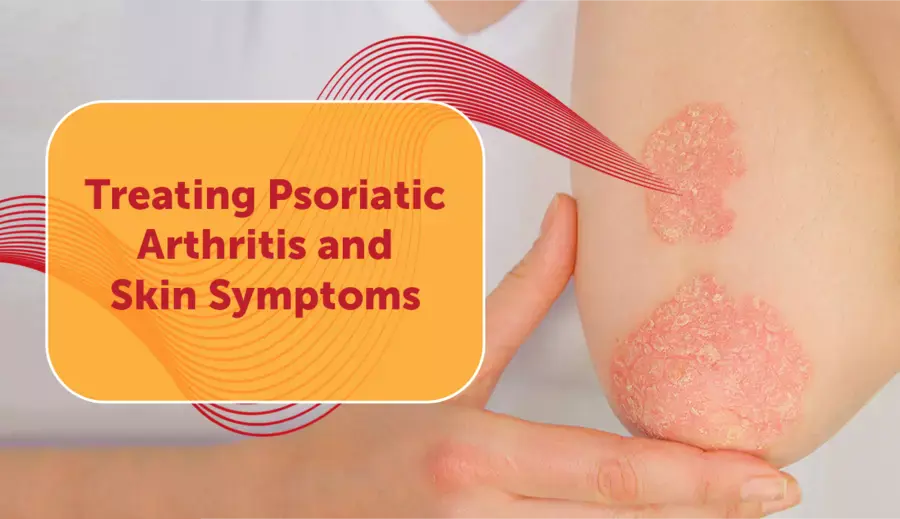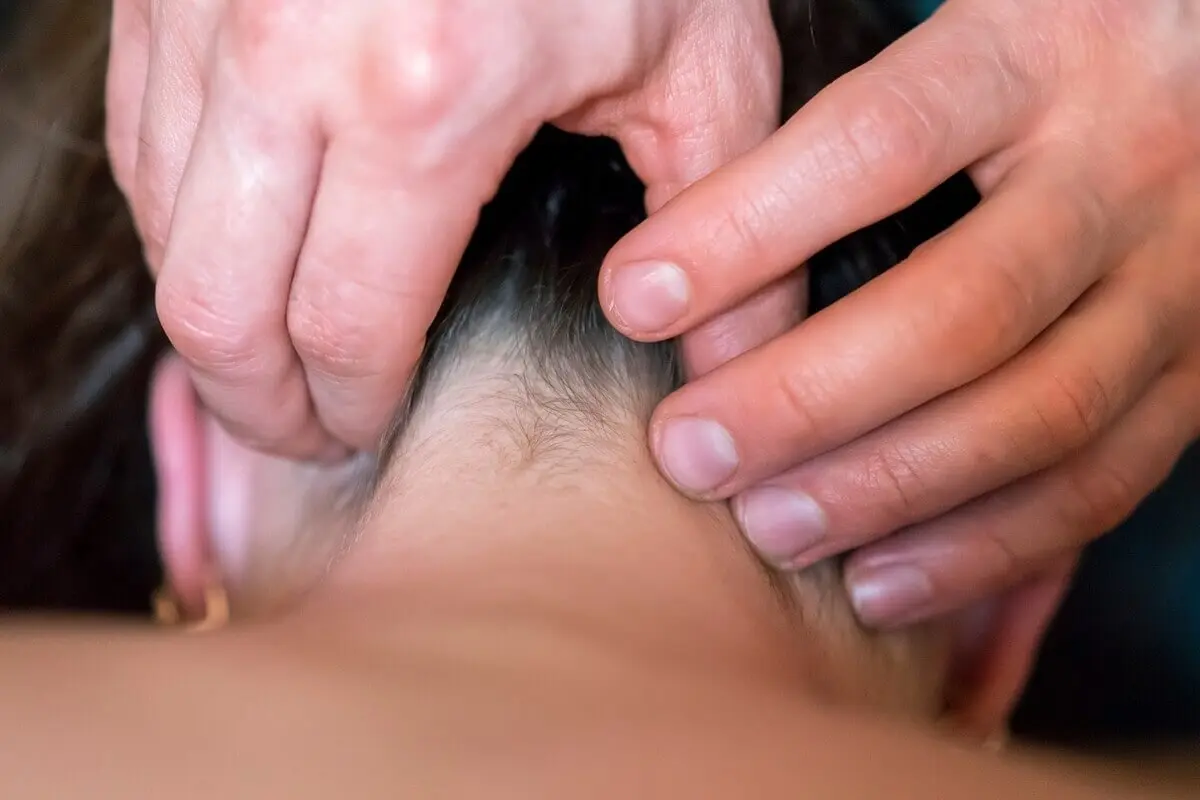
Causes and Risk Factors:
The exact cause of plaque psoriasis is not fully understood, but it is believed to involve a combination of genetic, environmental, and immune system factors. Risk factors for developing plaque psoriasis include:
- Stress
- Infections, such as streptococcal infections
- Medications, such as beta-blockers, lithium, or antimalarial drugs
- Smoking
- Obesity
- Hormonal changes, such as during puberty or pregnancy
Recognizing The 10 Signs and Symptoms of Psoriasis
- Red Patches of Skin: One of the earliest signs of plaque psoriasis is the development of red, inflamed patches of skin. These patches may vary in size and shape and are typically well-defined and raised.
- Silvery-White Scales: Over time, the red patches of skin characteristic of plaque psoriasis become covered with silvery-white scales. These scales result from the rapid turnover of skin cells and may flake off easily or become thicker and more adherent.
- Itching and Irritation: Plaque psoriasis can cause itching, burning, or soreness in the affected areas. The itching may be mild to severe and can interfere with daily activities and sleep.
- Dry, Cracked Skin: The skin affected by plaque psoriasis may appear dry, cracked, or fissured, especially in areas with thick plaques. These fissures can be painful and may bleed or become infected if not properly cared for.
- Thickened or Pitted Nails: Psoriasis can also affect the nails, causing changes such as thickening, pitting, ridges, discoloration, or separation from the nail bed. Nail involvement may occur concurrently with skin symptoms or develop later.
- Joint Pain and Stiffness: In some cases, individuals with plaque psoriasis may develop joint symptoms characteristic of psoriatic arthritis, such as joint pain, swelling, stiffness, and inflammation. These symptoms may occur before, after, or concurrently with skin manifestations.
- Scalp Involvement: Plaque psoriasis commonly affects the scalp, leading to the development of red, scaly patches covered with silvery-white scales. These patches may be itchy, flaky, and uncomfortable, and may extend beyond the hairline onto the forehead, neck, or ears.
- Affected Areas: Plaque psoriasis can occur anywhere on the body but typically appears on the elbows, knees, scalp, lower back, and nails. These areas are known as the "plaque predilection sites" and are commonly affected due to factors such as friction, pressure, and trauma.
- Enlarged Lymph Nodes: In some cases, individuals with plaque psoriasis may develop enlarged lymph nodes in areas near affected skin patches. Enlarged lymph nodes may be tender to the touch and may indicate an immune response to inflammation.
- Psychosocial Impact: Plaque psoriasis can have a significant psychosocial impact on affected individuals, leading to feelings of embarrassment, self-consciousness, and social isolation. It is essential to address the emotional and psychological aspects of living with psoriasis as part of comprehensive treatment.
Available Treatment Options:
- Topical Treatments: Topical corticosteroids, vitamin D analogs, retinoids, and calcineurin inhibitors are commonly used to treat mild to moderate plaque psoriasis. These medications work by reducing inflammation, slowing down the growth of skin cells, and improving the appearance of plaques.
- Phototherapy: Phototherapy, or light therapy, involves exposing the skin to ultraviolet (UV) light under medical supervision. Both natural sunlight and artificial UV light can be effective in treating plaque psoriasis by slowing down the growth of skin cells and reducing inflammation.
- Systemic Medications: For more severe cases of plaque psoriasis that do not respond to topical treatments or phototherapy, systemic medications may be prescribed. These include oral medications such as methotrexate, cyclosporine, and acitretin, as well as biologic agents such as TNF inhibitors, IL-17 inhibitors, and IL-23 inhibitors.
- Lifestyle Modifications: Lifestyle modifications, such as avoiding triggers that exacerbate psoriasis (such as stress, smoking, and certain medications), maintaining a healthy weight, and practicing good skincare habits, can help manage symptoms and improve overall health and well-being.
- Combination Therapy: In many cases, a combination of treatments may be used to effectively manage plaque psoriasis. This may include combining topical treatments with phototherapy, systemic medications, or biologic agents to achieve optimal results.
Conclusion:
Recognizing the early signs of plaque psoriasis is essential for prompt diagnosis and appropriate treatment. With a variety of treatment options available, individuals with plaque psoriasis can effectively manage their symptoms and improve their quality of life. If you suspect you may have plaque psoriasis or are experiencing symptoms, consult a dermatologist for evaluation and personalized treatment recommendations. Early intervention can help alleviate symptoms, prevent complications, and improve long-term outcomes.






